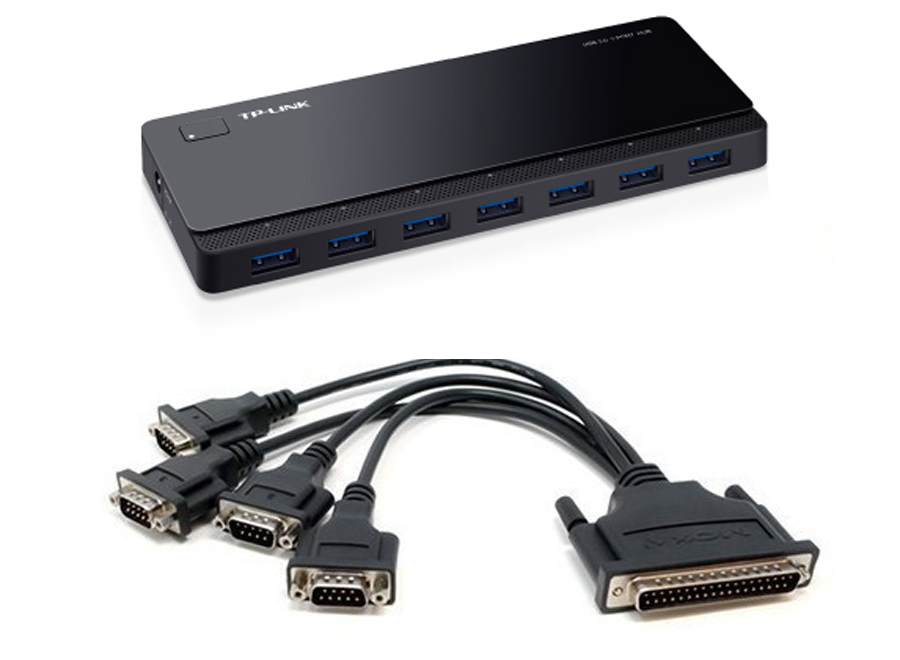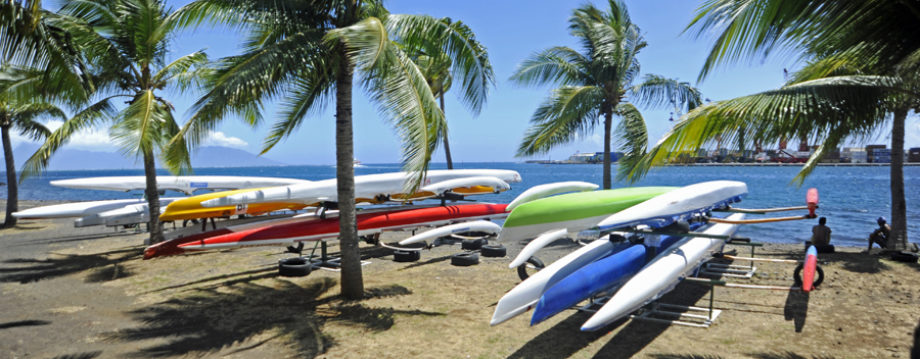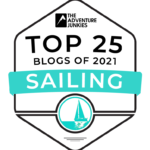Each Generation of Sailors and the Breakthroughs That Changed Cruising Forever
Let’s face it: sailors are a rare breed. Adventurous, resourceful, and often stubborn as a jammed halyard. But every generation of full-time cruisers has had its own “game changer”—a breakthrough that redefined life afloat. So hop aboard as we sail through time, tech, and tangled cables.
1970s and Prior – Dead Reckoning and Guts
Back in my younger, wide-eyed days, sailors set out on small boats with little more than a stack of paper charts, a sextant, and a healthy dose of optimism. Navigation into reef-strewn waters often relied more on luck than precision. You might catch a weather update from a passing ship—if you were lucky enough to see one.
Old-school movies like The Dove and Tania Aebi’s memoir Maiden Voyage inspired a generation. Take another look sometime—you’ll notice a glaring lack of GPS. Loran-C was around but only near shore, and you were on your own if you were aiming for that lonely dot in the middle of the Pacific.
Electronics? Minimal. Most boats had a VHF, maybe an SSB radio. Systems were mechanical. Days ran by the sun. There were no solar panels, no lithium batteries, and no LED lights. And honestly, no complaints.
Sailors took the weather in stride. Most had no idea what lay ahead and dealt with storms as needed. Keeping a close eye on the barometer was a necessity on any ocean passage.
1980s – GPS Enters the Chat
Suddenly, a sailor could get a reliable position with GPS. You still had to plot it on a paper chart, but dead reckoning started to… well, die. Sextants didn’t disappear—they stuck around like old friends who still had your back in case of electronic failure.
Then came EPIRBs (Emergency Position Indicating Radio Beacons). These magical little boxes broadcast your location until help showed up. Cruising got safer. Not easier—just safer.
Boats became more complicated. Electronics became essential. Troubleshooting moved beyond duct tape and crossed fingers.
1990s – The Digital Awakening
By now, GPS was in everyone’s cockpit. Chartplotters arrived, blending GPS with electronic charts. No more paper plots (unless you were nostalgic or cautious). The onboard tech stack started to rise.
SSB radios got upgrades with modems. You could now send emails from mid-ocean. Weatherfax gave you weather maps—even if it took an hour to print one. Autopilots, electric windlasses, refrigeration—all powered by early solar panels and wind generators. Boats weren’t just boats anymore—they were systems.
2000s – Integration Nation
The tech floodgates burst open. Integrated systems let you overlay radar onto charts, track vessels with AIS, and trust autopilots to follow a route. Satellite phones gave you a line home from the most remote anchorage.
Chartplotters? Check. Weather downloads? Check. Blog updates from your lagoon in Bora Bora? Of course.
And comfort? LED lights, solar arrays, smarter batteries. Cruisers were cutting the cord from shore power, and nobody missed the extension cord.
2010s – Always Online, Never Alone
Enter the “connected boat.” Tablets and smartphones started replacing dedicated nav systems. Apps rivaled chartplotters. Connectivity became the new currency—Starlink was on the horizon.
Cruising culture shifted. Word-of-mouth gave way to Facebook groups, YouTube vloggers, and real-time updates from paradise. Boats got sleeker, smarter, and more apartment-like.
Watermakers, lithium batteries, electric winches, induction cooktops—today’s boats were floating condos with better views and no annoying neighbors (except that one guy on the catamaran who always anchors too close).
2020s and Beyond – AI, Starlink, and the Rise of the Robo-Boat
Today, cruisers are part sailor, part systems manager, and part IT specialist. Starlink made remote internet reliable. Cruising couples now Zoom into meetings from mid-ocean and stream Netflix while swinging on anchor.
Autonomy is the new watchword. Smart systems let you monitor and control everything—battery levels, bilge pumps, weather forecasts—from your phone. AI is sneaking aboard too, powering smarter autopilots and adaptive routing software.
Let’s talk AI for a minute.
Our Upgrade Saga: AI rescues Cream Puff
When we bought Cream Puff, she was ahead of the curve thanks to her original owner—a tech-savvy guy who’d wired her like a small submarine. Every system ran through a NMEA-0183 network into a navigation computer powered by TimeZero software. We had GPS, AIS, radar, weather overlays—all on a large screen at the nav station. It was glorious and way ahead of instrument suites offered by major manufacturers.
Soon after we purchased the Puffster, we updated the original computer to a custom-built PC that was, for its time, very state of the art. It had no moving parts, a SSD hard drive, low power consumption at 24VDC and didn’t mind the tropical heat. We also upgraded the TimeZero software to a new version. I wrote about the installation here – link to older post.
That system ran flawlessly for 13 years (that’s like 110 human years). Then—cue the sad music—it died. The motherboard gave up. The data survived. I salvaged the SSD, tossed the chassis, and poured one out for the fallen.
Cue my entrance as the “old guy who doesn’t get the new stuff.” Remember folks who couldn’t stop their VCR from flashing 12:00? That’s me now with computers. I haven’t kept up with trends. I didn’t need to. Now, I have to rebuild the heart of our network.
Rebuilding from the Bilge Up

USB hubs replace older DB9 com-ports and serial cables – This means the NMEA network device now needs to end in a USB plug
Ports changed. Com-ports and DB9 plugs? Gone. Now it’s USB or nothing. My old Windows 7 install disks? Useless. Enter ChatGPT.
AI walked me through the upgrade process like a virtual IT support line with patience and zero judgment. It helped me source parts, debug connections, and—get this—even explain why my Furuno compass was acting like it had a grudge.
Cindy managed to decode Furuno’s cryptic manuals (think IRS forms written in Klingon), and together we got the heading sensor talking to TimeZero again. Success!
Windows 11 is a learning curve. I already hate it. While some things are a little easier like getting into port configurations, Microsoft operates under the assumption that all computers are connected to the internet at all times and data is free. It took hours to figure out how to get control of updates and stop the constant barrage of ads (this can eat up our expensive data while at sea). AI kept me on the straight and narrow, solving connection problems and port configurations.
This was my first deep dive using AI for technical support, and I’m sold. It’s like having an engineering intern aboard who never sleeps, never eats your snacks or steals beer, and doesn’t mind dumb questions.
The Timelessness of It All
Yet, despite all the tech, the sea remains unchanged. The stars still shine. The winds still blow. And there’s something eternal in plotting a course, raising the sails, and letting the boat carry you into the unknown.
I don’t think sailors of the 1970s and prior could ever imagine the boats of today and the complexity of the systems aboard. And vice versa, most of today’s sailors don’t know how to plot with a sextant and can’t imagine being disconnected.
Conclusion – The Sea Doesn’t Care About Your Wi-Fi
Each generation of sailors faces its own tools, its own frustrations, and its own marvels. Whether you’re navigating with a sextant or a satellite-linked AI, one truth remains:
The ocean doesn’t care how fancy your gear is—it only cares that you respect it.
Fair winds, and may your firmware always update correctly and may your cables always be compatible.
(Note: we do carry complete mirror backup systems should the computer ever fail during a voyage – we can switch over in a jiffy)






